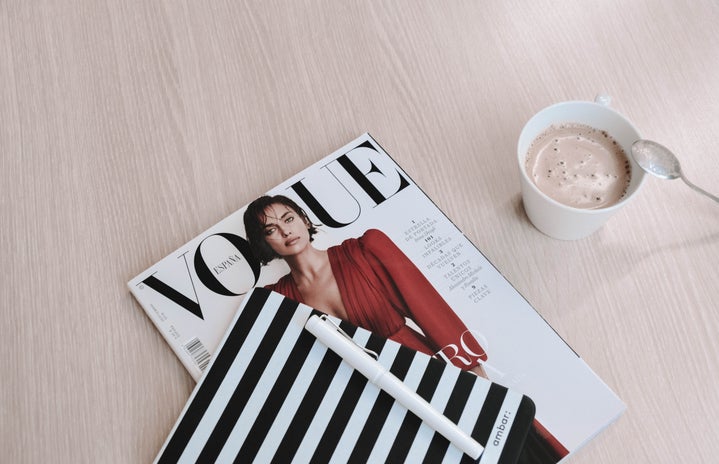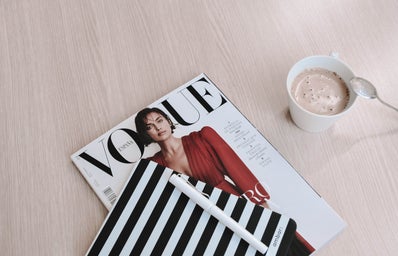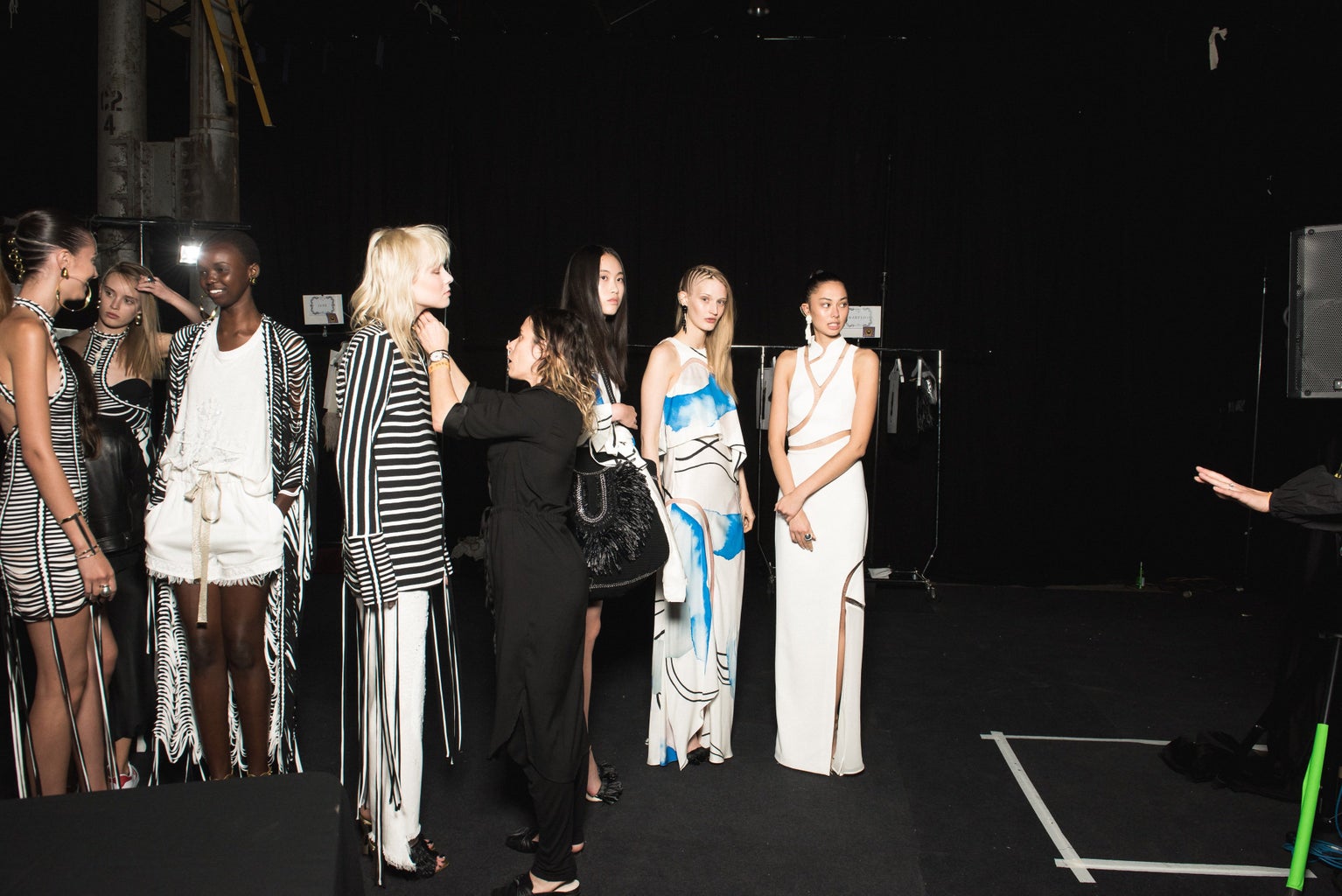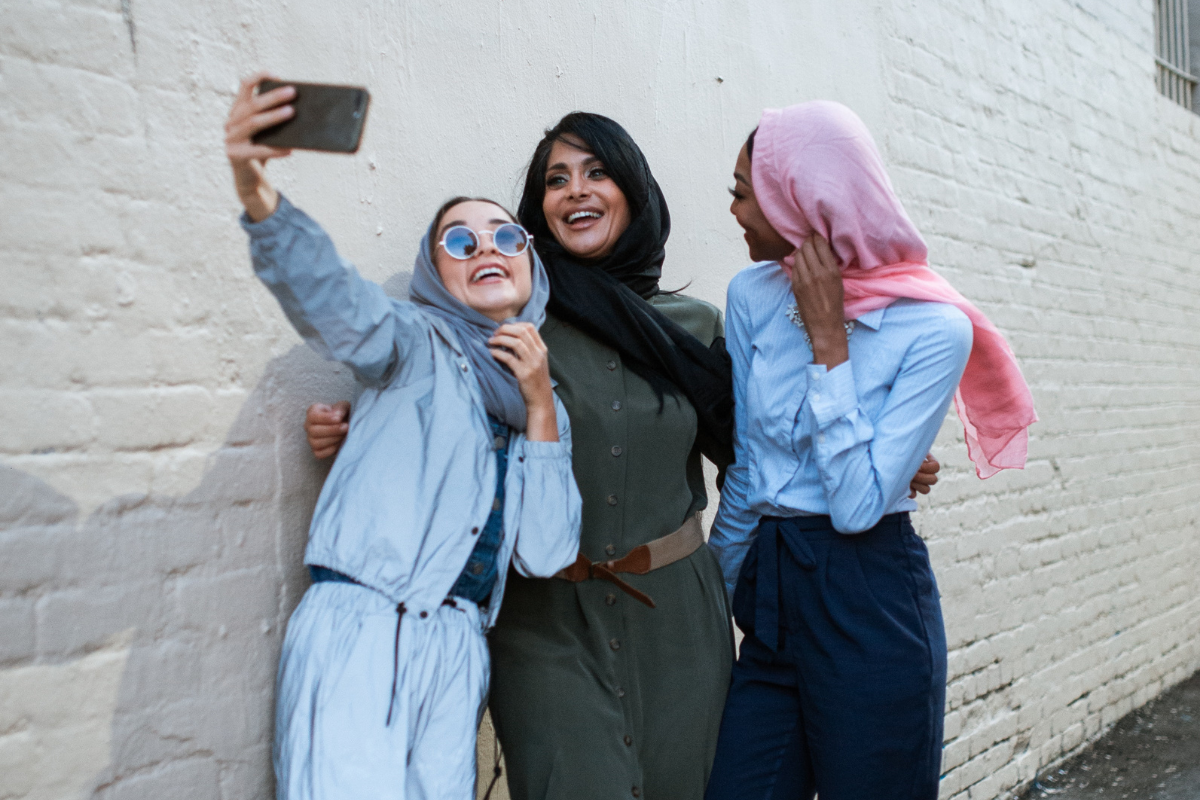As the brisk air and gusty winds begin to land in New England, fall and winter fashion make a comeback. As many of us start to bundle up in style, a controversial debate remains: who can wear what?
One large fashion trend that swept wardrobes last winter was the balaclava. A balaclava is similar in form to a ski mask, and usually only exposes the eyes and mouth or just the eyes. Balaclavas have gained popularity in the past few years, and the headwear was seen all over TikTok, being worn by people across the world. The piece was both practical and versatile, since the COVID-19 pandemic was running rampant globally, and it could be used as both thermal warmth and (minor) medical protection against the virus.
Balaclavas were also unique in that they did not have to be purchased by corporations, and this appeal factor for consumers was contributing to fashion sustainability. Over the past year, many small sellers and Etsy shops began hand-making balaclavas. Yarn, chainmail, cloth, denim, and Gore-Tex have all been used to create these pieces. High fashion designers also took on the trend, creating their own staple balaclavas as a part of their ready-to-wear collections. Designer Anna Sui created some of the most popular designs, which run on multi-brand fashion retail sites such as SSENSE, for around $200 currently. Fashion giant Prada has been known for balaclavas in their runways dating all the way back to the 2000s, giving a glimpse at the long legs the piece has had.
But where did balaclavas originate from? The name came from their use in the Crimean War of 1854 during the Battle of Balaclava. The “British troops there wore knotted headgear to keep warm,” and right there, almost two centuries ago, the balaclava was born. The balaclava began as a headpiece worn by white men, and the racial ties continued into current day, as white people dominated the use of the headwear. However, does this century-old history justify modern times?
The history of the headpiece may have roots in Eastern Europe, but racial debate was instantly sparked as the balaclava consumed mainstream outfits. “Many see the viral headgear as a white-washed version of the hijab, a religious head covering some Muslim women choose to wear,” commented mainstream media site Hype Bae, in an article covering the controversy.
One Twitter user @umvlkheir wrote, said, “Didn’t they call hijabs and niqabs oppressive and ugly, now everyone wants to wear a balaclava. Funny how that works.” Another Twitter user @malihannes says, “If you’re a Black, young man, it’s called a hood and you can get murdered by the cops. If you’re a Muslim woman, you can get ‘hate-crimed.”’
The controversy ties into a broader conversation of cultural appropriation, where white people steal cultural aspects, resulting in praise, while those within the culture have suffered for generations for simply expressing themselves. While the balaclava’s history doesn’t necessarily align with the definition of cultural appropriation, it is definitely not exempt from the conversation. Just because historically, white people have donned the balaclava, we no longer live in 1854 during wartime, and wearing a balaclava in the 21st century could potentially be perceived in a much different way. In a time where Muslim women are consistently persecuted in the U.S. and European countries, such as France’s Marine Le Pen proposing a ban on hijabs this past year, not acknowledging the double standard of headwear based on race is not equitable on the basis of both feminism and racism. The intersectional oppression of these marginalized groups of women cannot be perpetuated for the sole purpose of fashion.
This isn’t to say that white individuals should absolutely not wear balaclavas. It is a popular fashion trend, and the history of the garment is not culturally appropriated. But this controversy is a reminder to continue to be an active ally to those who are consistently discriminated against for headpieces they wear for religious or cultural reasons, instead of to look fashionable on their walk in the city. When choosing to wear a balaclava, stay mindful of the privilege you have as a white person to have the choice to wear a headpiece in public, and also to be aware of the racism that plagues POC when they do so as part of their identity.
Can’t get enough of HC UMass Amherst? Be sure to follow us on Instagram, listen to us on Spotify, like us on Facebook, and read our latest Tweets!





